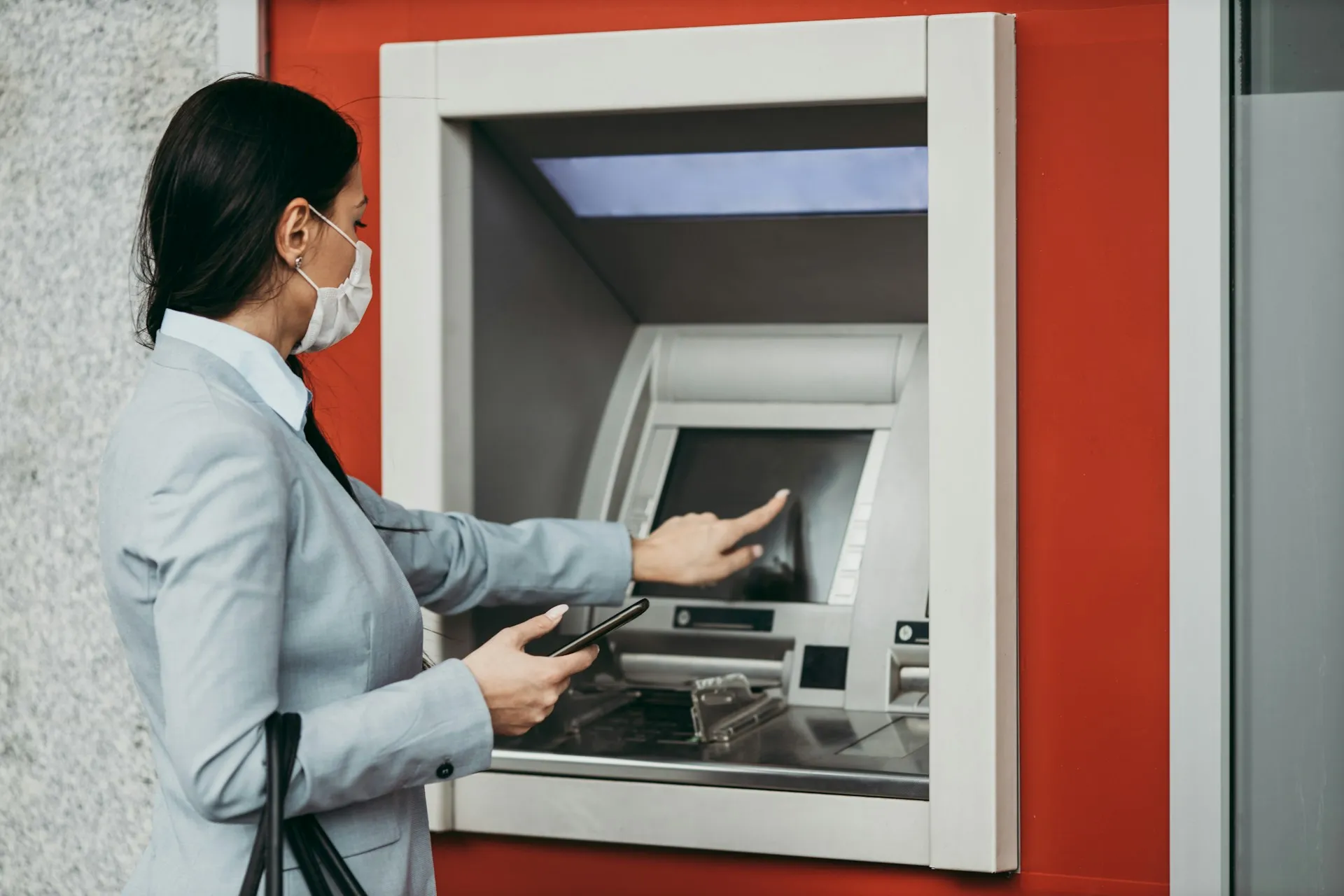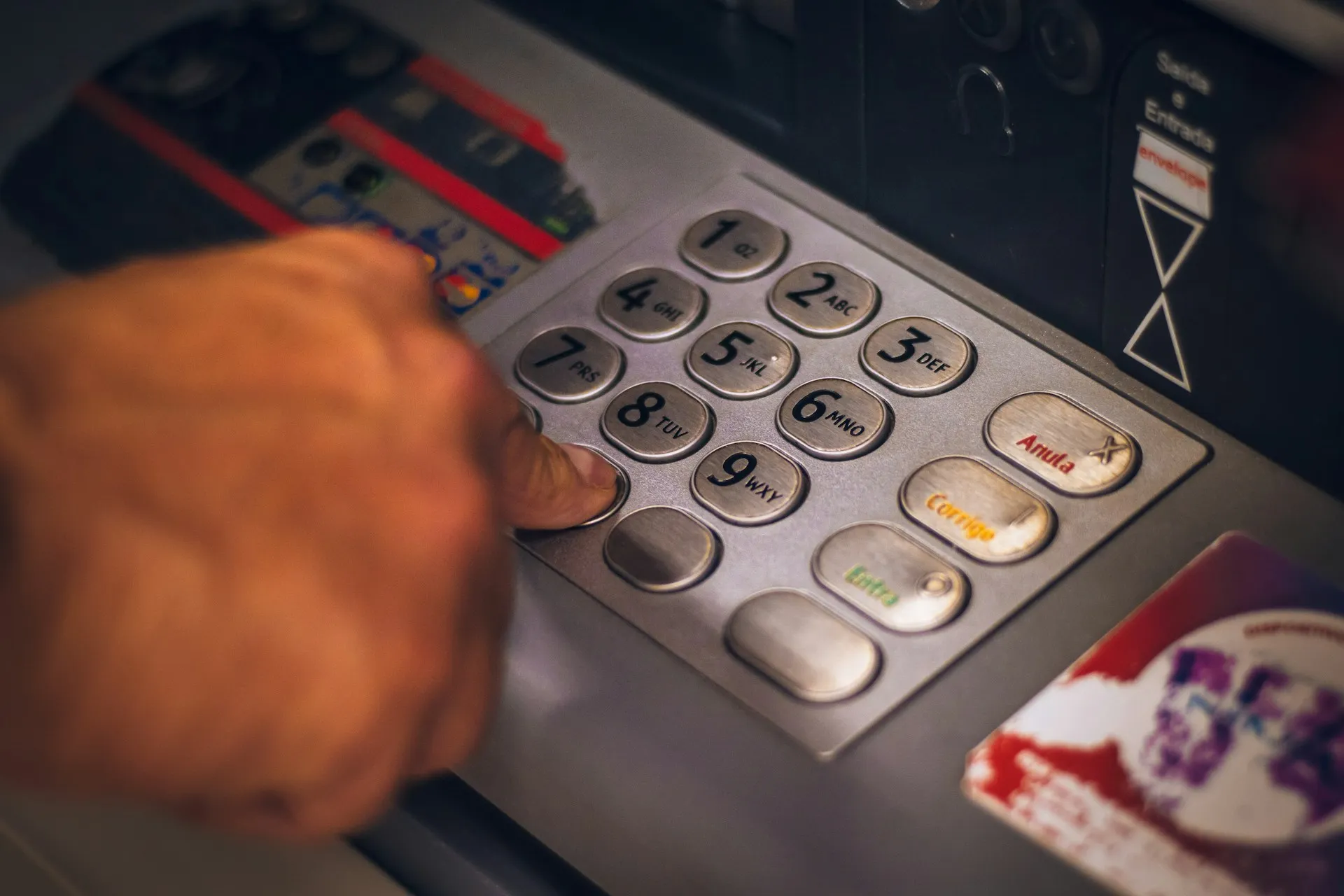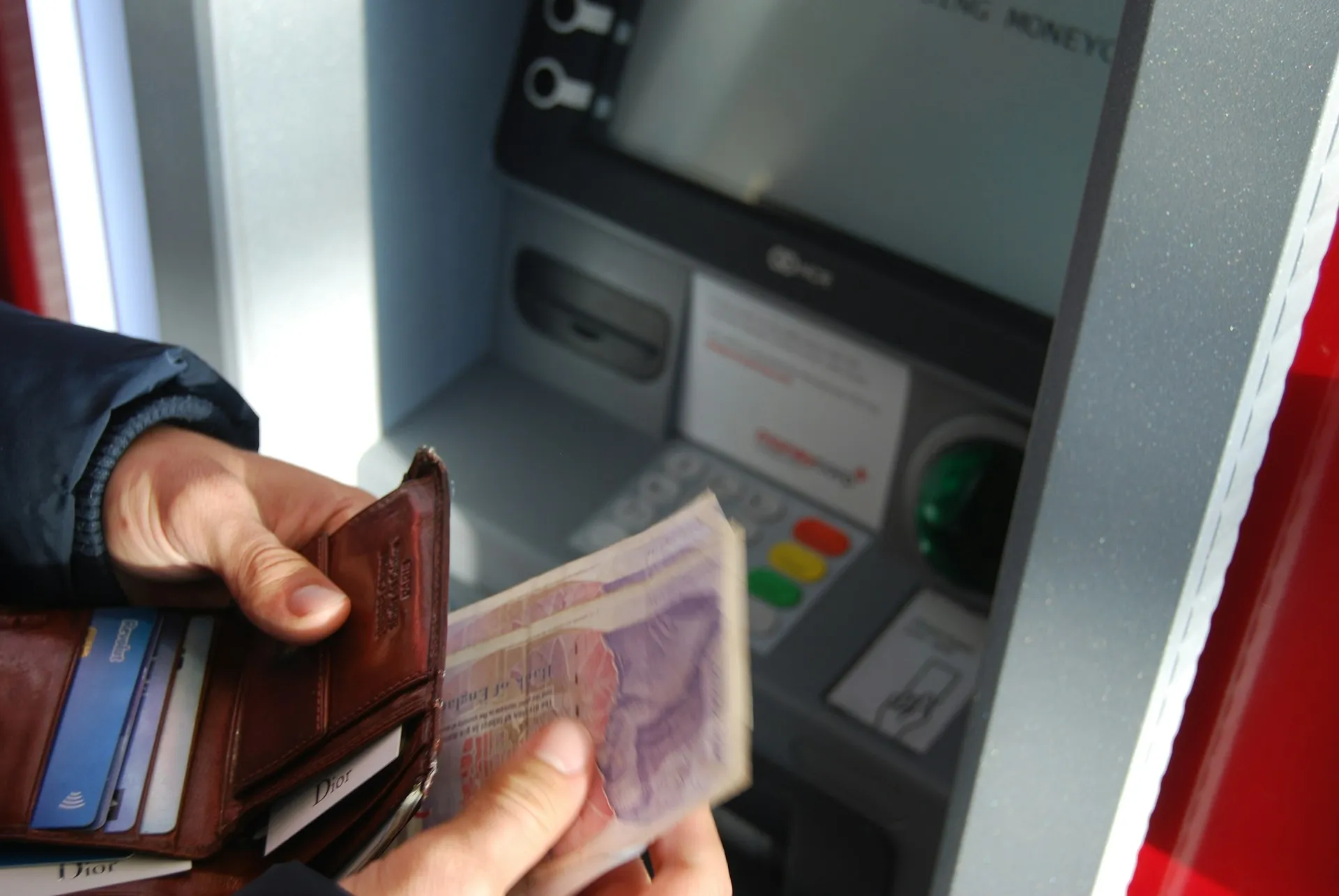You’re likely aware that strong passwords are crucial for online security, yet the same level of care is essential when selecting your ATM PIN numbers. An analysis of 3 million PIN numbers by Data Genetics’ president, Nick Berry, revealed staggering statistics: 10 percent of ATM users chose the simplistic “1234,” while “1111” was chosen by 6 percent. These common ATM PIN numbers are predictable, leaving checking accounts vulnerable to unauthorized access.
The digital world has transformed cyber security into a critical concern for ATM users. The convenience offered by ATM cards comes with the responsibility to implement security measures proactively. Security software and awareness can mitigate risks, but the first line of defense is choosing a robust PIN number that cannot be easily guessed by thieves.

Understanding the Mechanics Behind ATM PIN Security
ATM security is a complex system with various components to protect users from unauthorized access. Financial institutions employ security cameras and skimming devices as part of their security measures. ATM cards, especially those equipped with a magnetic stripe, are susceptible to atm skimming, where criminals try to capture the card data and the PIN numbers.
When you input your PIN number at an ATM, the card issuer uses it to verify your identity and authorize transactions on your account, thereby reducing card losses. The presence of security cameras and video surveillance also acts as a deterrent to potential thieves, who know that their actions are likely to be recorded. Despite these measures, the personal security of ATM users, particularly during the vulnerable hours from 7:00 p.m. until midnight, remains a concern for financial institutions. To enhance security, using a random PIN generator can help you create a strong, unpredictable PIN, further protecting your account from potential breaches.
The Role of PINs in Financial Transaction Integrity
When you purchase with a debit card or withdraw cash using an ATM card, the card issuer’s bank requires the correct PIN to validate the transaction. This security measure ensures the integrity of financial transactions, safeguarding against unauthorized access to funds. PINs are a critical component in the transaction process, working in conjunction with the card’s security features to protect your account.
The ATM or point-of-sale (POS) equipment uses the PIN and transaction details to request authorization from the card issuer. Once the PIN is correctly entered and verified, the card issuer approves the transaction, allowing funds to move securely from your account to the merchant’s. This process underscores the importance of keeping your PIN confidential to maintain financial transaction integrity.
Chip-and-PIN vs. Chip-and-Signature: Evaluating Security Protocols
In the landscape of debit and credit cards, two primary security protocols stand out: chip-and-PIN and chip-and-signature. Both methods offer varying levels of security for cardholders and financial institutions. Chip-and-PIN, widely adopted outside the United States, requires cardholders to enter a PIN for transaction authorization, providing high security.
Conversely, the United States has leaned towards chip-and-signature transactions since adopting EMV chips in 2015. While the chip technology enhances security against fraud, the absence of a PIN requirement in chip-and-signature transactions compromises security levels. Financial institutions continue to evaluate these protocols to determine the optimal balance between convenience and security.
The Reality of Debit Card Protection: Are All Secured with PINs?
While all debit cards are issued with a card PIN, not every transaction necessitates its entry. For ATM withdrawals and certain POS transactions, entering the corresponding PIN is mandatory. However, there are instances where a PIN is not required, such as when debit cards are processed as credit cards or for small transactions that can be automatically approved.
This variability in PIN requirements questions the overall security of debit card transactions. Although the PIN adds a layer of protection, its inconsistent usage across different transaction types leaves potential gaps that could be exploited by fraudsters. The reality is that while debit cards come with a PIN for security, their effectiveness depends on how and when they are used.

Analyzing the Prevalence and Risk of Commonly Used PINs
The prevalence of commonly chosen PINs presents a significant risk to ATM and debit card account security. The predictability of these numbers makes them prime targets for criminals, who exploit their commonality to gain unauthorized access to accounts. This vulnerability underscores the need for heightened awareness among ATM users about the importance of selecting secure PIN numbers.
As ATM users, the responsibility lies with choosing PIN numbers that are not easily deducible. Frequent patterns, such as sequential numbers or repeated digits, offer convenience at the cost of security. The risks of such choices are clear: easily guessed PINs can lead to unauthorized access and financial loss. In addition to a secure PIN, it’s crucial to use strong, unique passwords for online accounts and services. Having complex, unpredictable passwords further enhances your security by making it harder for attackers to gain unauthorized access.
Examining the Most Frequently Chosen PINs and Associated Risks
Security experts have identified a pattern in the PIN numbers chosen by ATM users, with simple sequences like “1234” or repeated digits such as “1111” being alarmingly common. These numbers are often chosen for their ease of remembrance but pose a severe risk, as they can be quickly guessed by someone attempting unauthorized access.
Other top PIN choices follow recognizable patterns, such as “0000” or “1212,” which correspond to straight lines on an ATM keypad. The simplicity of these numbers makes them vulnerable to prediction and substantially threatens the security of atm cards and the funds they access. As an ATM user, avoiding such common choices is essential for protecting your accounts.
The Consequences of Predictable PINs: A Gateway for Fraudsters
Predictable PINs are a gateway for fraudsters, providing easy access to your financial assets. Once a criminal guesses your PIN, the door to your checking account swings wide open, and the funds you’ve worked hard to save are at risk. This threat highlights the critical need for ATM users to choose secure and unpredictable PINs.
The consequences of choosing an easily guessable PIN can be dire, ranging from unauthorized withdrawals to identity theft. As such, ATM users must be educated about the importance of PIN security and the potential repercussions of neglecting it. A secure PIN is a fundamental component of your financial defense.
How Criminals Exploit Common PINs: Methods of Attack
Criminals have various methods of exploiting common PINs for ATM or debit cards. They may use brute force techniques, rapidly try the most common PIN numbers, or observe users entering their PINs at ATMs and retail locations to gather this sensitive information.
Thieves also employ more sophisticated tactics, such as installing skimming devices on ATMs to capture card details and deduce the associated PIN. The ease with which a common PIN can be guessed makes it a significant liability for ATM users, emphasizing the importance of choosing a unique and secure PIN.
Mitigating Risks: Best Practices for Secure PIN Management
Secure PIN management is crucial to mitigate the risks associated with ATM and debit card usage. ATM users must be vigilant in selecting PINs that are difficult to guess and must manage them with care to prevent unauthorized access. This includes safeguarding their PINs and being aware of the security features provided by their financial institutions.
By adopting best practices for PIN management, ATM users can significantly reduce the likelihood of their accounts being compromised. This involves creating strong and unique PINs, regularly monitoring account activity, and immediately reporting suspicious transactions. With these measures in place, the security of debit cards can be substantially increased.
Strategies to Enhance PIN Confidentiality and Strength
Enhancing the confidentiality and strength of your PIN is a key strategy in protecting your financial assets. The first step is to choose a complex and not easily decipherable PIN. Avoid obvious choices such as birth dates or sequential numbers, and consider a mix of digits with no personal significance.
Financial institutions may provide the option to select your own PIN or offer a randomly generated one. It is generally safer to opt for the latter, as it reduces the predictability of your PIN. Remember, the strength of your PIN plays a significant role in securing your ATM cards from fraudulent activities.
Tips for Safeguarding Your PIN Against Unauthorized Access
In our modern era of digital transactions, keeping your ATM pin safe is crucial to protect your hard-earned money. Understanding the risks involved and adopting simple yet effective practices can go a long way in ensuring the security of your ATM pin.
Shield Your Pin in Public Spaces
Always shield your pin entry when using ATMs or making public transactions. Use your body or hand to cover the keypad while entering your pin. This simple act prevents prying eyes or hidden cameras from capturing your pin.
Choose a Strong and Unique Pin
Opt for a pin that is not easily guessable. Avoid using obvious combinations like birthdates or sequential numbers. A unique and strong pin adds extra security to your financial transactions.
Regularly Change Your Pin
Don’t get too comfortable with your pin. Regularly change it to minimize the risk of unauthorized access. Set a reminder to update your pin every few months to stay ahead of potential threats.
Beware of Shoulder Surfers
Be cautious of individuals standing too close while you’re at an ATM or making a transaction. Shoulder surfers can quickly memorize your pin, compromising your financial security. Maintain a safe distance and be aware of your surroundings.
Keep Your Card Secure
Your ATM card is as important as your PIN. Always keep it in a secure location, and never share it with anyone. Report lost or stolen cards immediately to your bank to prevent unauthorized usage.
Use Secure ATMs
Choose ATMs located in well-lit and busy areas. Avoid secluded or poorly maintained machines, as they may be more susceptible to skimming devices or fraudulent activities.

Navigating PIN Security in the Digital Age: An In-Depth Guide
In an era where ATM cards are a staple in our wallets, the threat of ATM skimming remains a pressing concern. Skimming devices, designed to capture data from a card’s magnetic stripe illegally, can be covertly installed on ATMs. To protect your card accounts from such vulnerabilities, avoid any unusual attachments on the card reader and always shield your PIN entry. Avoid using easily guessable PINs, such as your birth date, as these are the first combinations a criminal might try.
To further enhance security measures, always watch for video surveillance around ATMs, as it can deter potential thefts. In the unfortunate event of card losses, immediate reporting can prevent financial damage. As you navigate the digital landscape, remember that your awareness and proactive behavior are key in safeguarding your PIN and the integrity of your financial transactions.
Strengthening Your Financial Defense with Informed PIN Practices
Your ATM PIN is a critical layer of security that safeguards your card data and financial resources. To strengthen this defense, it is vital to adopt PIN practices that minimize the risk of unauthorized access. Choose a PIN that’s hard to guess, avoiding simple sequences or personal dates that can be easily deduced. Regularly changing your PIN can also deter potential fraudsters from gaining a foothold in your finances.
When entering your PIN at an ATM or point-of-sale terminal, be aware of your surroundings to prevent shoulder surfing. Cover the keypad with your hand or body to shield your input. Never write down your PIN or share it with anyone, as this could allow criminals to access your account. You can effectively secure your financial transactions against common threats by staying vigilant and informed.
